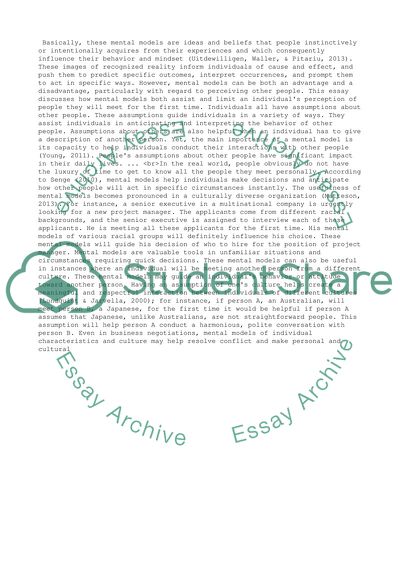Cite this document
(“Mental models Essay Example | Topics and Well Written Essays - 1000 words”, n.d.)
Retrieved from https://studentshare.org/business/1485033-mental-models
Retrieved from https://studentshare.org/business/1485033-mental-models
(Mental Models Essay Example | Topics and Well Written Essays - 1000 Words)
https://studentshare.org/business/1485033-mental-models.
https://studentshare.org/business/1485033-mental-models.
“Mental Models Essay Example | Topics and Well Written Essays - 1000 Words”, n.d. https://studentshare.org/business/1485033-mental-models.


